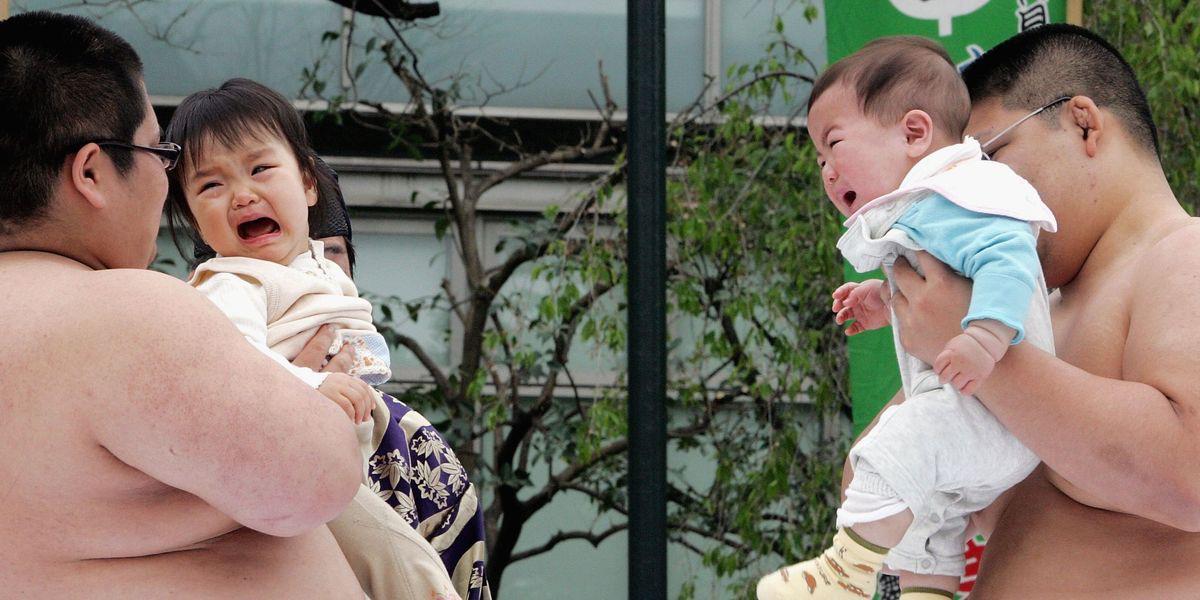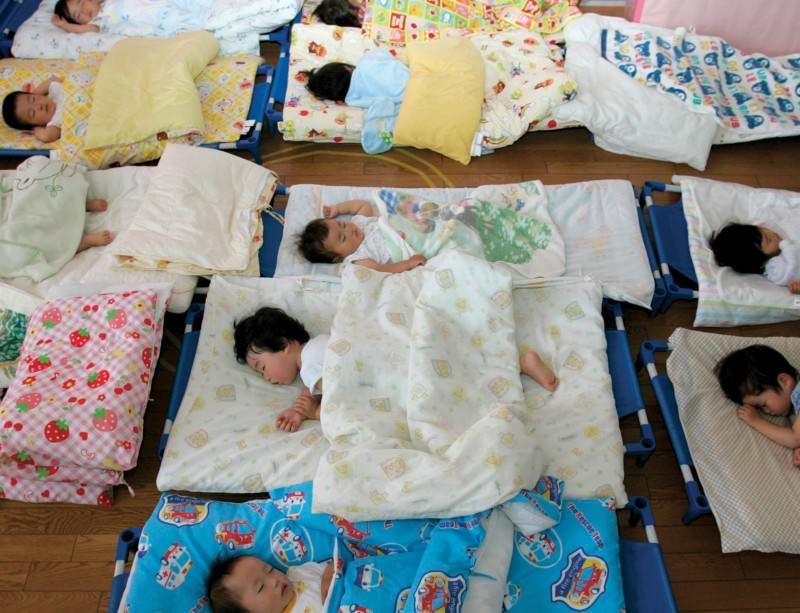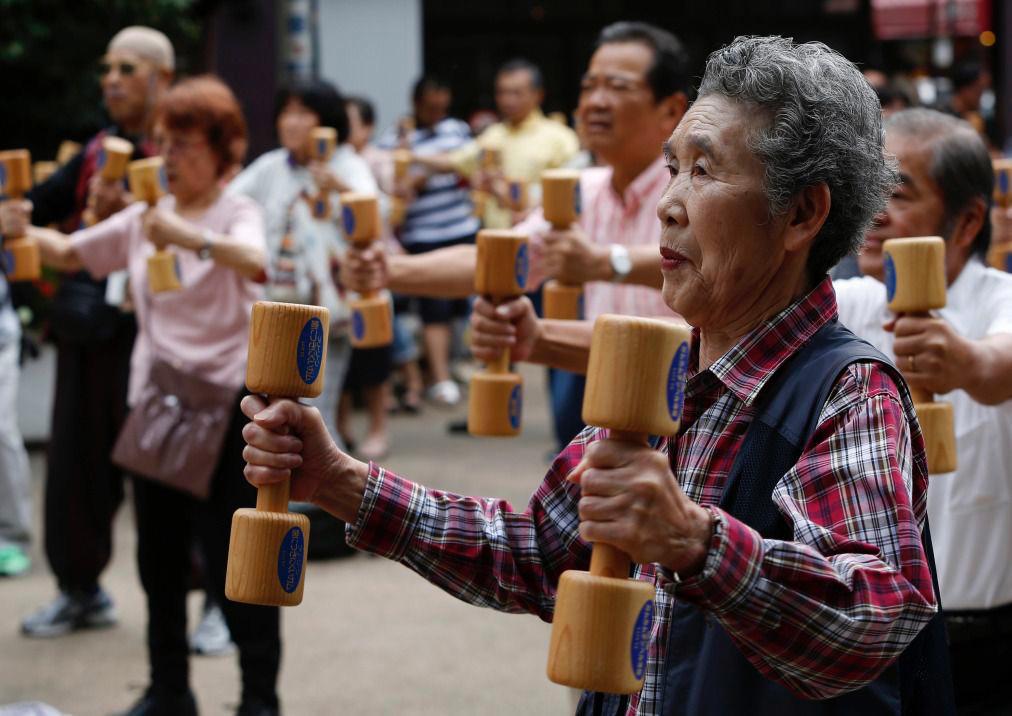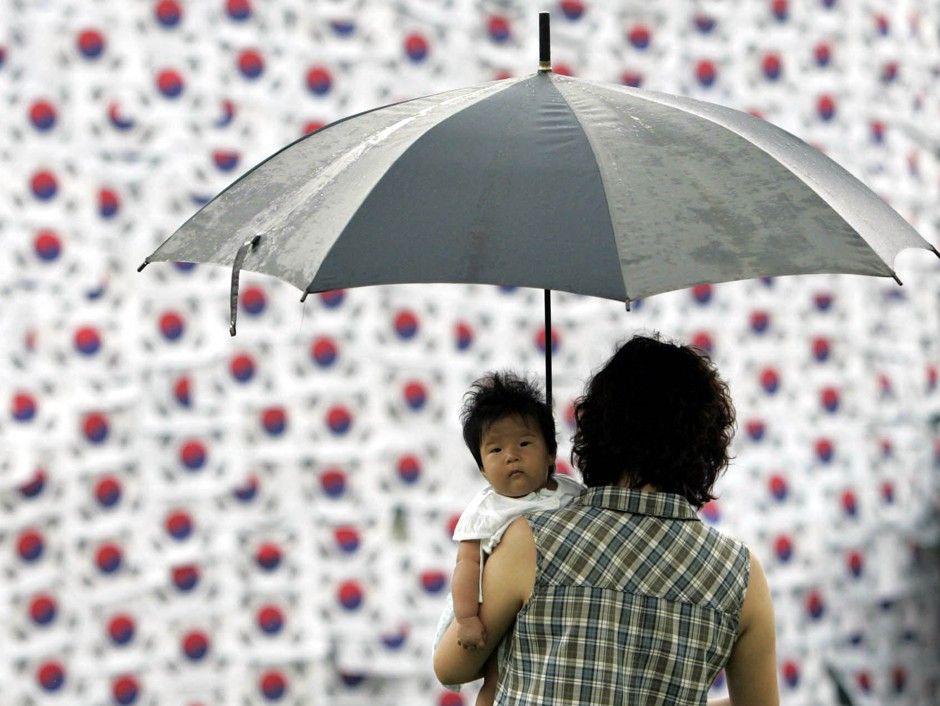In Japan, the number of newborns hit a record low for the eighth consecutive year in 2023, marking the country's biggest crisis yet, with only 758,631 births recorded compared to the previous year's figures, representing a 5.1% decrease, according to the Health and Welfare Ministry of Japan.
This was the lowest number of births recorded in Japan since data were first kept in 1899, according to the government.
Reasons?
One of the main causes of the lowering birthrate was the 5.9% decline in marriages, which brought the total number of married couples below 500,000 for the first time in 90 years at 489,281 couples. In Japan, the prevalence of unmarried children is low due to traditional patriarchal family norms.
According to surveys, a large number of younger Japanese people are reluctant to get married or start families because of poor employment opportunities, a high cost of living that is rising faster than income, and corporate cultures that do not support two working parents.
Children playing outside and crying babies are becoming more and more viewed as a nuisance, and many young parents report feeling alone most of the time.

Japan in ‘Critical’ state
Chief Cabinet Secretary Yoshimasa Hayashi said on Tuesday that the continuous decline in the birthrate has reached a "critical state." According to Hayashi, Japan will have one final opportunity to buck the trend within the next six years or so, before the younger population begins to decline significantly in the 2030s. He warned, “There is no time to waste.”
PM Fumio says’ Japan’s biggest crisis’
The low birthrate has been dubbed "the biggest crisis Japan faces" by Prime Minister Fumio Kishida, who has presented a package of measures that include increased support and subsidies, primarily for childbirth, children, and their families.
However, experts question if the government's efforts will be successful because, up to now, they have mostly targeted individuals who are already married or who intend to get married, failing to sufficiently address the growing number of young people who are unwilling to take that step.

Estimates of Declining Birth Rate
Since it peaked at roughly 2.1 million 50 years ago, the number of births has been declining. The decrease to an annual figure of less than 760,000 has occurred more quickly than anticipated by 2035, according to previous estimates. By 2070, the population, which is currently estimated to be 125 million, is expected to have decreased by almost 30% to 87 million.
Japan's economy and national security are severely threatened by its ageing population, which is declining more quickly than expected.
Estimates from the National Institute of Population and Social Security Research indicate that by then, four out of ten Japanese citizens will be 65 years of age or older.

South Korea in similar ‘Critical State’
Another Asian Country, South Korea faces a worsening demographic crisis as its already lowest-in-the-world birthrate hits a new record low in 2023, despite extensive government efforts to encourage family growth.
According to initial data from Statistics Korea, the average number of children per South Korean woman dropped to 0.72, down nearly 8% from 2022's 0.78. This rate falls far below the 2.1 children needed for population stability at 51 million.

If this trend persists, projections from the Institute for Health Metrics and Evaluation at the University of Washington suggest that South Korea's population could nearly halve to 26.8 million by 2100.
©️ Copyright 2024. All Rights Reserved Powered by Vygr Media.
























